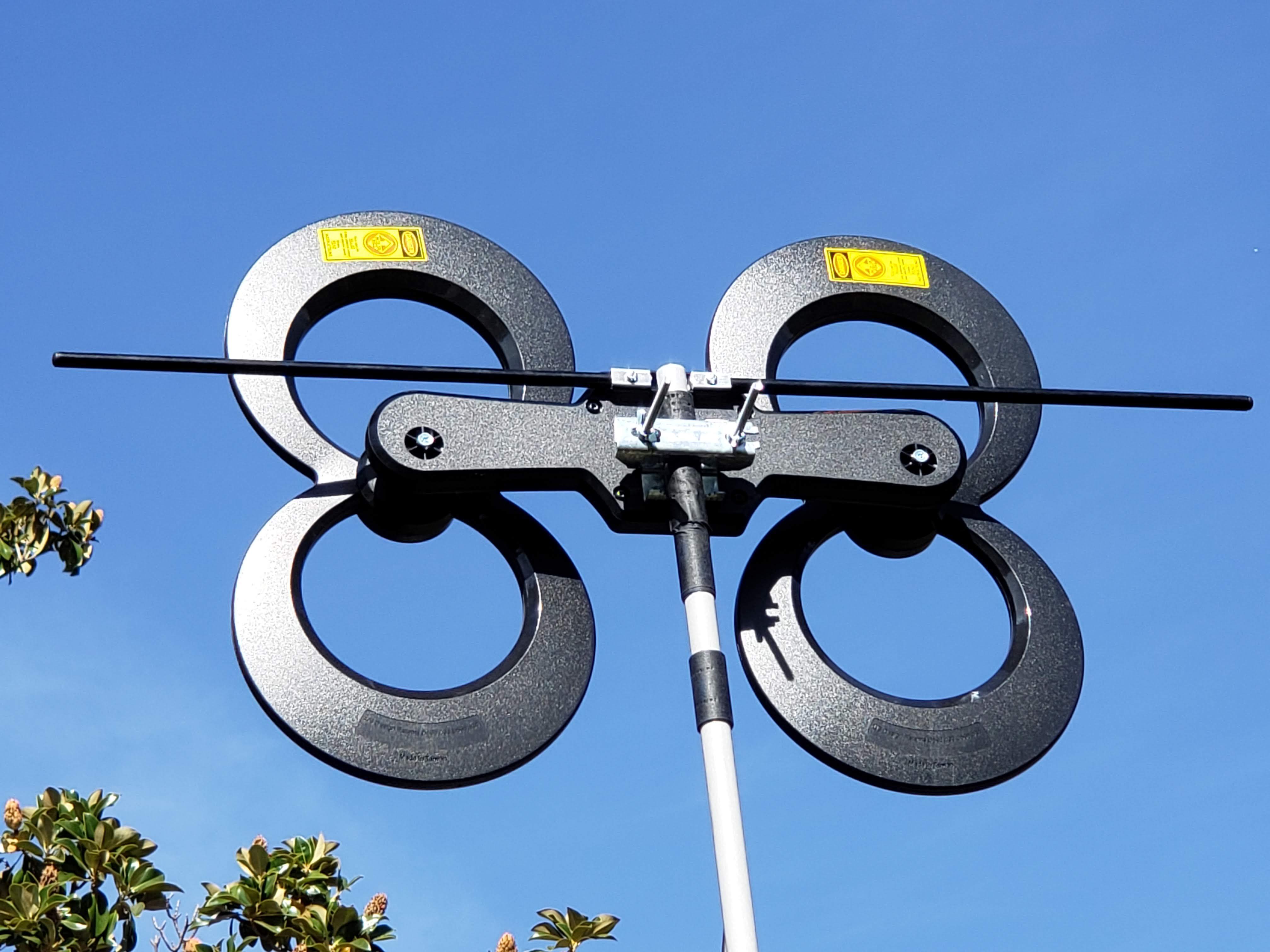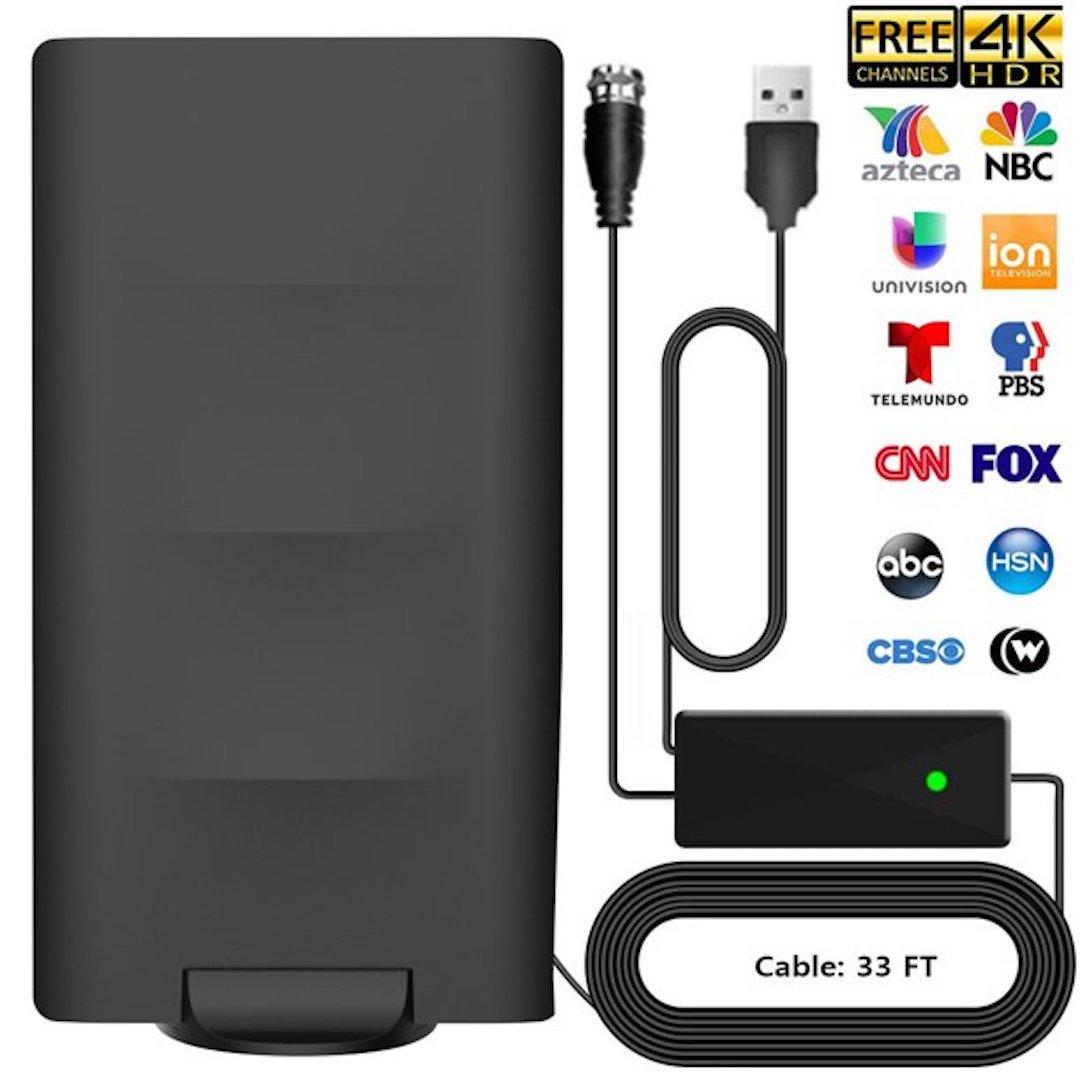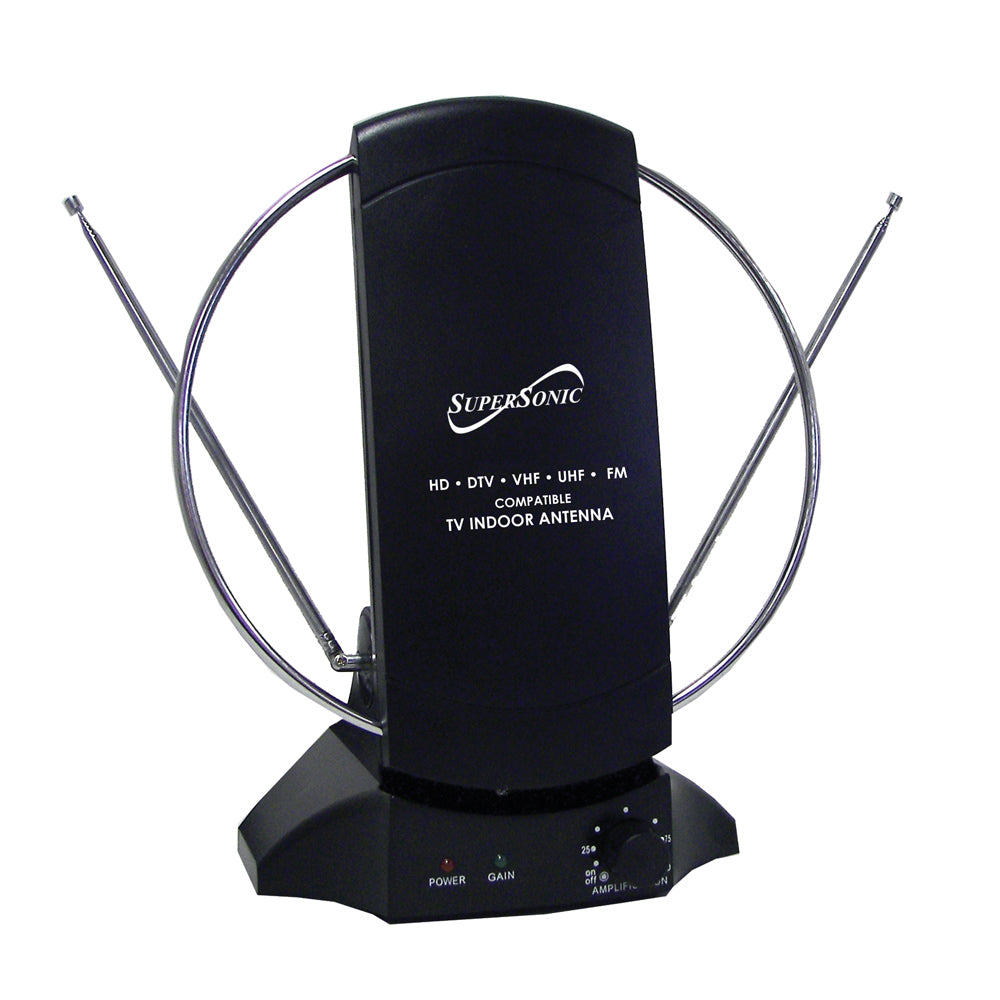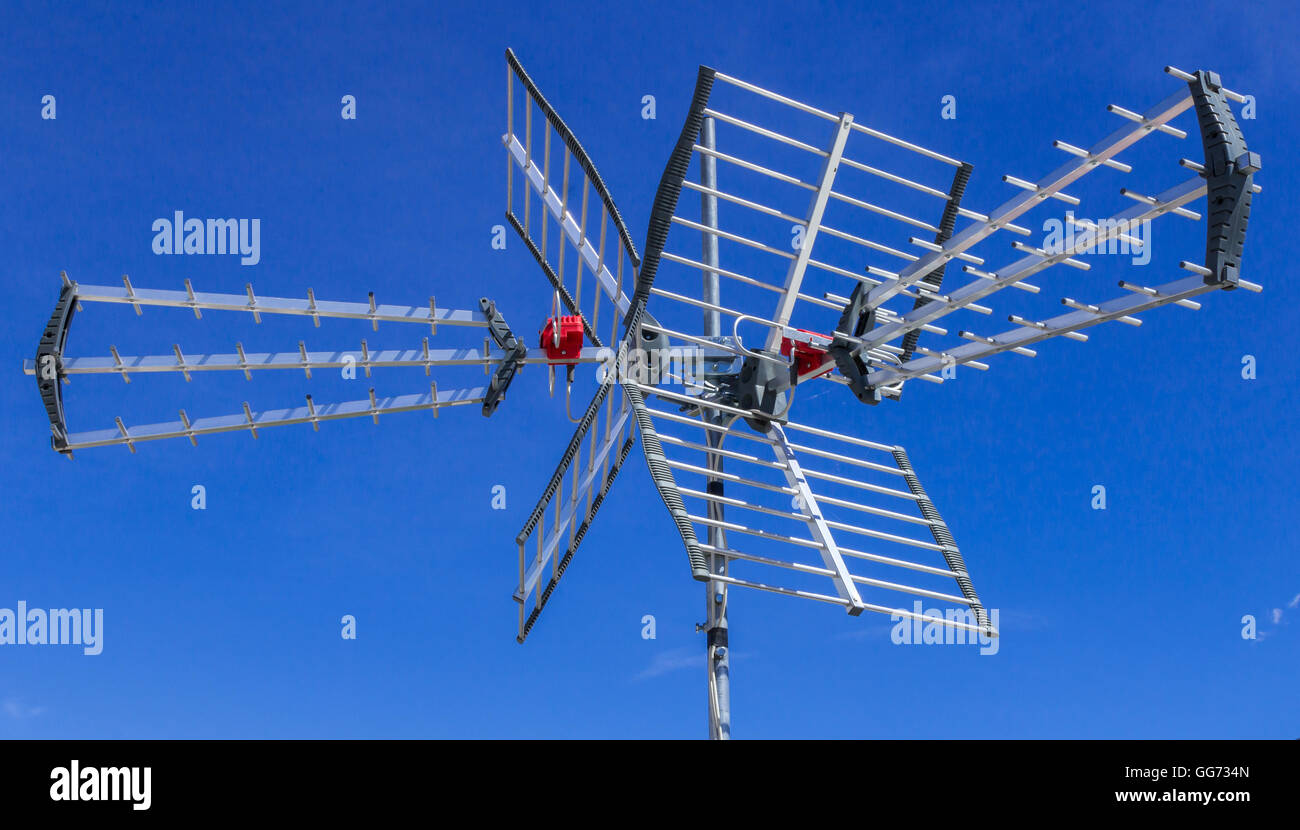How To Use A Digital Antenna

In an era dominated by streaming services, a growing number of households are rediscovering a simple, cost-effective way to access free television: the digital antenna. Once relegated to the attic, modern digital antennas offer a surprisingly clear picture, providing access to local broadcast channels without monthly cable or satellite bills.
But how do you harness this technology? This article will guide you through the process of selecting, installing, and optimizing a digital antenna, helping you unlock a world of free over-the-air (OTA) television.
Understanding Digital Antennas
Digital antennas, also known as OTA antennas, receive free broadcast signals transmitted by local television stations. These signals carry a variety of channels, including major networks like ABC, CBS, NBC, and Fox, as well as local news, weather, and public broadcasting channels. The appeal lies in its ability to deliver content without ongoing subscription fees.
They come in various forms, the choice being dependent on your location and proximity to broadcast towers. Indoor antennas are compact and easy to install, ideal for urban areas with strong signals. Outdoor antennas offer greater range and are more suitable for rural areas or locations with obstructions.
Choosing the Right Antenna
Selecting the appropriate antenna is the first crucial step. Consider your location and proximity to broadcast towers. The farther you are from the source, the more powerful your antenna needs to be.
Websites like AntennaWeb.org and the FCC's DTV Reception Maps are valuable resources for determining the channels available in your area and the signal strength. These tools will help you determine if an indoor or outdoor antenna is necessary.
Indoor antennas are generally omnidirectional, meaning they receive signals from all directions. Outdoor antennas can be directional (requiring precise aiming) or multi-directional (offering a wider reception range).
Installation: Indoor Antennas
Installing an indoor antenna is a straightforward process. Start by connecting the antenna's coaxial cable to the "Antenna In" or "Cable In" port on your television. Then, position the antenna in a window or high location, ideally facing the direction of the broadcast towers.
Experiment with different locations to find the best signal. A few inches can make a significant difference. Once positioned, perform a channel scan on your TV to discover available channels.
Most TVs have a built-in scanning function located in the settings menu. This feature will automatically search for and save available channels.
Installation: Outdoor Antennas
Outdoor antenna installation requires more effort but can significantly improve reception. Choose a location that is as high as possible and free from obstructions like trees or buildings. Mount the antenna securely to a mast or pole.
Directional antennas must be pointed towards the broadcast towers. Use the resources mentioned earlier to determine the correct direction. A rotor can be added to adjust the antenna's direction remotely, allowing you to optimize reception for different channels.
Connect the antenna to your TV using coaxial cable. Grounding the antenna is essential for safety, protecting your equipment from lightning strikes. Consult a professional if you are uncomfortable with electrical work.
Optimizing Reception
Even with the right antenna, optimizing reception may require some troubleshooting. If you experience weak signals or pixelation, try repositioning the antenna. Adjust the angle or move it to a different location.
Signal amplifiers can boost weak signals, especially for distant stations. However, amplifiers can also introduce noise, so use them judiciously. Experiment to see if an amplifier improves your reception.
Check your coaxial cables for damage or loose connections. Replace any damaged cables with high-quality ones.
The Benefits of Digital Antennas
The primary benefit of using a digital antenna is the elimination of monthly cable or satellite bills. This can save a substantial amount of money over time. According to a recent study by Cord Cutters News, the average household spends over $100 per month on cable TV.
Digital antennas provide access to local channels in high definition (HD) quality, often surpassing the picture quality of cable or satellite. The signal is uncompressed, resulting in a clearer, more detailed image.
OTA television also offers access to emergency broadcasts and local news, providing critical information during severe weather events or other emergencies. This makes it a valuable backup option, even for households that subscribe to streaming services.
Human Interest: A Family's Story
The Millers, a family of four, grew tired of their rising cable bill. They decided to try a digital antenna after a neighbor recommended it. "We were skeptical at first," says Sarah Miller, the mother. "But we were amazed by the picture quality and the number of channels we received."
The Millers now enjoy free access to local news, sports, and their favorite network shows. They estimate they are saving over $1200 per year by cutting the cord. "It was the best decision we ever made," says John Miller, the father.
Their children enjoy watching their preferred shows on the major network channels. The family is able to save money that they now use to spend on other hobbies like traveling.
Conclusion
Digital antennas offer a compelling alternative to traditional cable and satellite services. They provide free access to local channels in high definition, saving households money and providing a valuable source of information and entertainment. By understanding the factors involved in selecting, installing, and optimizing a digital antenna, you can unlock a world of free over-the-air television.
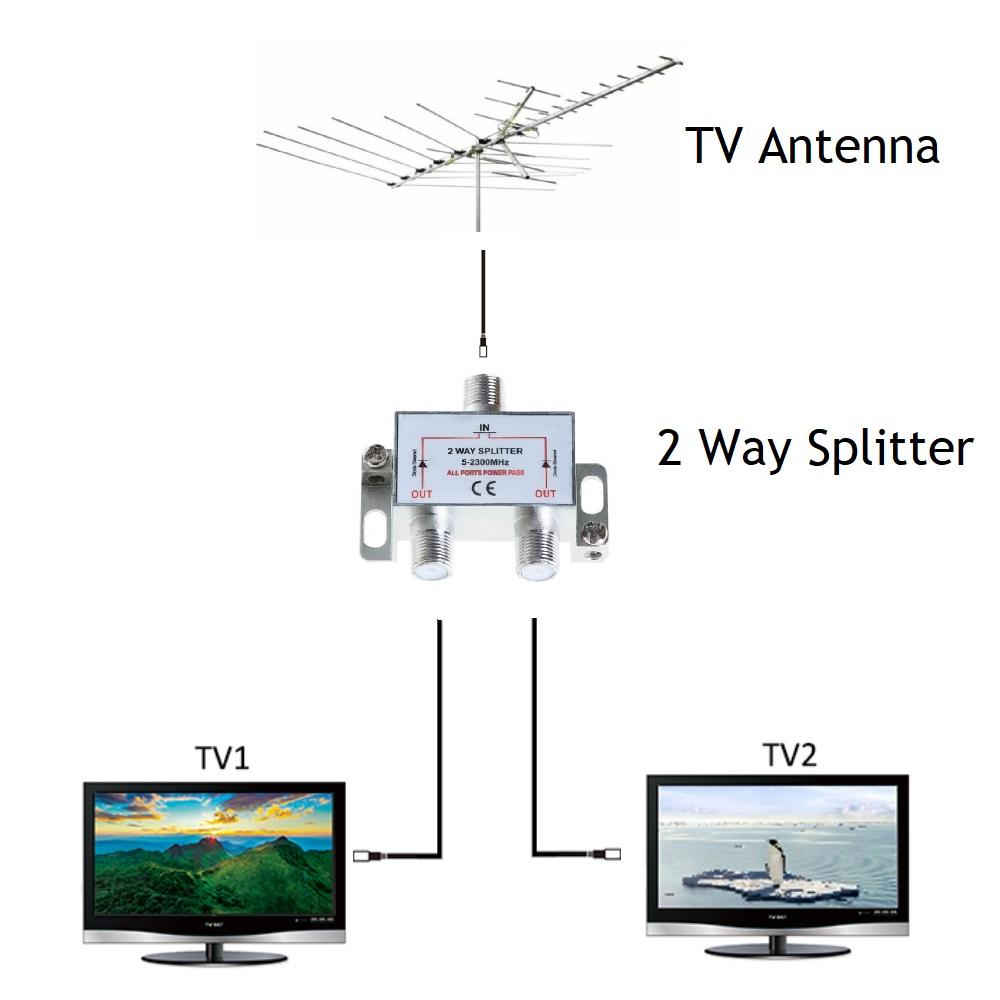
![How To Use A Digital Antenna [DIAGRAM] Ematic Hd Digital Antenna Diagram - WIRINGSCHEMA.COM](http://pop.h-cdn.co/assets/cm/15/05/54cac0d178c83_-_digital_antenna_0311-de.jpg)







